Home>Garden Essentials>Who Invented The Crop Rotation System


Garden Essentials
Who Invented The Crop Rotation System
Modified: September 1, 2024
Discover the fascinating history of the crop rotation system in gardens. Learn about the ingenious minds behind this revolutionary agricultural practice.
(Many of the links in this article redirect to a specific reviewed product. Your purchase of these products through affiliate links helps to generate commission for Storables.com, at no extra cost. Learn more)
Introduction
Crop rotation has been practiced for centuries as a method of improving soil fertility and maximizing crop yield. It is a systematic approach to growing different crops in a specific order over a defined period of time. This technique not only helps in the replenishment of soil nutrients but also reduces the risk of pest and disease buildup.
The history of crop rotation dates back to ancient civilizations, where farmers intuitively observed the benefits of alternating crops. However, it was not until the 18th century that the concept of crop rotation was formalized and popularized by agricultural innovators like Charles Townshend and Jethro Tull.
This article will explore the ancient origins of crop rotation, the contributions of Charles Townshend and Jethro Tull, as well as the development of the four-course crop rotation system. Additionally, we’ll discuss modern innovations in crop rotation that continue to revolutionize sustainable agriculture.
So, let’s dive into the fascinating world of crop rotation and uncover the secrets behind its success!
Key Takeaways:
- Crop rotation, practiced since ancient times, was formalized in the 18th century by innovators like Charles Townshend and Jethro Tull, revolutionizing farming and laying the foundation for modern sustainable agriculture.
- Modern innovations in crop rotation, such as precision agriculture and regenerative practices, continue to enhance farming, promoting soil health, biodiversity, and sustainability for a prosperous agricultural future.
Read more: What Is Crop Rotation Strip Cropping
Ancient Origins of Crop Rotation
The practice of crop rotation can be traced back to ancient civilizations, where early farmers discovered the benefits of alternating crops. Although they may not have understood the scientific principles behind it, they observed that planting the same crop year after year would deplete the soil and reduce crop yields.
In ancient Egypt, for example, the Nile River flooding provided a natural source of nutrients, allowing farmers to cultivate nutrient-rich soil. They learned that by rotating crops, such as barley, lentils, and emmer wheat, they could maintain soil fertility and ensure a sustainable food supply.
Ancient Roman farmers also practiced a form of crop rotation, known as “triennial rotation,” where they would divide their farmland into three sections. The first section would be planted with a grain crop, such as wheat or barley, while the second section would be sown with legumes like beans or lentils to fix nitrogen back into the soil. The third section would be left fallow or used for grazing, giving the land time to rest and regenerate.
In ancient China, crop rotation was an integral part of their agricultural system. In the 4th century BCE, the Chinese developed a five-field rotation system called the “Eighteen Crop Plan,” which included the cultivation of crops like soybeans, wheat, and millet. This system allowed for both soil fertility improvement and maximizing food production.
Although these early civilizations understood the importance of rotating crops, the scientific basis for their practices was not fully understood until much later. It wasn’t until the 18th century that notable advancements were made in the field of agriculture, leading to the formalization and popularization of crop rotation techniques.
Next, we will explore the contributions of Charles Townshend, an influential British agriculturalist, and the pioneer of modern crop rotation techniques.
The Contributions of Charles Townshend
Charles Townshend, also known as “Turnip” Townshend, was a prominent British agriculturalist of the 18th century. He is widely regarded as one of the key figures in revolutionizing farming practices, particularly with his development and promotion of the Norfolk four-course crop rotation system.
Townshend recognized the negative impact of continuous planting of the same crop on soil fertility. In his experimentation and observation, he found that alternating crops could help restore soil nutrients and improve agricultural productivity. The Norfolk four-course rotation system, also known as the “Norfolk system,” became the cornerstone of modern crop rotation practices.
The Norfolk system involved dividing agricultural land into four fields, each dedicated to a specific crop or purpose. The rotation typically consisted of root crops (such as turnips or beets), grains (such as barley or wheat), legumes (such as peas or beans), and fallow (allowing the land to rest and regenerate).
Townshend’s implementation of the Norfolk system brought several benefits. Root crops helped break up the soil, improving its structure and allowing better water penetration and nutrient absorption. Grain crops provided a source of income and food, while also preventing weed growth. Legumes, with their ability to fix nitrogen from the air into the soil through symbiotic relationships with nitrogen-fixing bacteria, enriched the soil with this essential nutrient. Lastly, fallow fields allowed the land to recover and prevent the buildup of pests and diseases.
Townshend’s advocacy and promotion of the Norfolk system led to its widespread adoption across Europe and America. His efforts revolutionized farming practices and significantly increased agricultural yields, contributing to the agricultural revolution of the 18th century.
The success of the Norfolk system laid the foundation for further advancements in crop rotation techniques. One notable figure who built upon Townshend’s work was Jethro Tull, an English agriculturist who introduced innovations in seed drilling and soil cultivation.
Next, we will explore the influence of Jethro Tull and his contributions to the field of agriculture.
The Influence of Jethro Tull
Jethro Tull, an English agriculturist of the 18th century, made significant contributions to the field of agriculture, particularly in the areas of seed drilling and soil cultivation. His inventions and innovations had a profound influence on improving farming practices, including the implementation of crop rotation.
Tull observed that the traditional method of hand sowing seeds was inefficient and led to uneven crop growth. To address this issue, he invented and patented a seed drill in 1701, which provided a more precise and consistent way of planting seeds. The seed drill, pulled by horses or oxen, allowed farmers to evenly distribute seeds at the optimal depth and spacing, resulting in more uniform crop growth and higher yields.
Another important contribution of Tull was his development of horse-drawn hoeing machines. These machines were used to break up the soil, remove weeds, and improve seedbed preparation. The horse-drawn hoeing machines reduced the reliance on manual labor, making soil cultivation more efficient and less labor-intensive.
Tull also emphasized the importance of soil fertility and advocated for the use of manure as a natural fertilizer. He recognized that proper soil management, including the incorporation of organic matter, was crucial for maintaining soil health and maximizing crop productivity.
In terms of crop rotation, Tull supported and promoted the practice as a means to improve soil fertility. He advocated for a three-field rotation system, where one-third of the land is planted with a cereal crop like wheat or barley, one-third with a legume crop like peas or beans, and one-third left fallow or used for root crops.
Tull’s contributions to agriculture were revolutionary for his time and laid the groundwork for modern farming practices. His inventions and ideas not only improved efficiency and productivity but also promoted sustainable land management. Tull’s influence on crop rotation, along with Charles Townshend’s work, shaped the future of agriculture and set the stage for further advancements in farming techniques.
Now, let’s explore the development of the four-course crop rotation system, which integrated the ideas of Townshend and Tull.
The crop rotation system was invented by Charles Townshend, also known as Turnip Townshend, in the 18th century. He introduced the concept of rotating crops to improve soil fertility and increase agricultural productivity.
The Four-Course Crop Rotation System
The four-course crop rotation system, also known as the Norfolk system, was a groundbreaking development in agricultural practices that integrated the ideas of Charles Townshend and Jethro Tull. This system revolutionized farming methods and played a crucial role in improving soil fertility and productivity.
The four-course rotation system consists of dividing agricultural land into four fields or plots, each of which is dedicated to a specific type of crop. The rotation typically involves four main crops: cereals, root crops, legumes, and fallow.
The first field is dedicated to cereals, such as wheat or barley, which are high-demand crops that require large amounts of nutrients. By planting cereals in the first field, the crops can utilize the nutrients left behind by the previous season’s legume crop and benefit from improved soil fertility.
The second field is allocated for root crops, such as turnips or beets. Root crops play a vital role in the rotation system as they break up the soil, improving its structure and allowing better water penetration and nutrient absorption. Additionally, root crops help to reduce weed growth and provide valuable forage for livestock.
The third field is reserved for legumes, like peas or beans. Legume crops have the unique ability to form symbiotic relationships with nitrogen-fixing bacteria, allowing them to convert atmospheric nitrogen into a usable form for plants. This process, known as nitrogen fixation, enriches the soil with nitrogen, an essential nutrient for plant growth. The legume crop not only restores nitrogen levels in the soil but also improves its overall fertility.
The fourth field is kept fallow or unused for a year. This period of rest allows the land to recuperate, preventing the accumulation of pests and diseases. Fallowing also enables the decomposition of crop residues and organic matter, contributing to soil organic matter content and nutrient recycling.
The four-course crop rotation system provides several benefits. By rotating crops, farmers can balance nutrient utilization and soil fertility. Different crops have varying nutrient needs and root structures, optimizing nutrient uptake and reducing the risk of nutrient depletion. Additionally, the rotation disrupts the life cycles of pests and diseases, reducing their buildup and the need for chemical interventions.
The four-course crop rotation system quickly gained popularity and widespread adoption. It significantly improved agricultural yields and played a pivotal role in the agricultural revolution of the 18th century. The principles of the four-course rotation system continue to influence modern farming practices, forming the basis for sustainable and environmentally-friendly agriculture.
Now, let’s explore some modern innovations in crop rotation that have further enhanced sustainable agricultural practices.
Read more: What Was Crop Rotation?
Modern Innovations in Crop Rotation
As agriculture continues to evolve, modern innovations in crop rotation have emerged to further enhance sustainable farming practices. These advancements aim to address the challenges posed by changing environmental conditions, maximize resource efficiency, and promote soil health and biodiversity.
One notable modern innovation is the adoption of precision agriculture techniques in crop rotation. Precision agriculture utilizes technology, such as GPS mapping and remote sensing, to monitor and manage crops with precision. This allows farmers to make data-driven decisions and optimize the selection and timing of crops in their rotation. By analyzing soil and environmental data, farmers can tailor the crop rotation plan to specific field conditions, ensuring optimum nutrient utilization and minimizing waste.
Another innovation is the integration of cover crops into the crop rotation system. Cover crops are planted primarily to protect and improve the soil rather than for harvest. They are usually planted between cash crops or during fallow periods. Cover crops offer numerous benefits, such as preventing soil erosion, suppressing weeds, improving soil structure and fertility, and promoting beneficial insects and wildlife. By incorporating cover crops into the rotation, farmers can effectively enhance soil health and reduce the need for synthetic fertilizers and herbicides.
In recent years, there has been a growing interest in regenerative agriculture practices, which aim to restore and regenerate the natural ecosystem. One regenerative technique that has gained popularity is regenerative grazing, where livestock are strategically rotated across pasturelands. This practice not only provides a sustainable source of meat and dairy products but also improves soil health, nutrient cycling, and carbon sequestration. By integrating regenerative grazing with crop rotation, farmers can create a holistic and sustainable farming system.
Additionally, scientists and researchers are exploring the concept of dynamic and diverse crop rotations. Instead of following a fixed rotation pattern, dynamic crop rotations involve adjusting the sequence and selection of crops based on crop performance, pest and disease pressures, and market demands. This approach allows for greater flexibility and adaptation to changing environmental conditions and provides opportunities to introduce new crops that may be more suited to the local ecosystem.
Furthermore, advancements in genetic engineering and plant breeding techniques have led to the development of crop varieties that are more resistant to pests, diseases, and environmental stressors. By incorporating these resistant crop varieties into the rotation system, farmers can reduce the reliance on agrochemicals and promote ecosystem health.
These modern innovations in crop rotation demonstrate the ongoing efforts to improve agricultural sustainability and resilience. By harnessing technology, embracing regenerative practices, and diversifying crop rotations, farmers can optimize resource use, improve soil health, and contribute to a more sustainable and environmentally-friendly agricultural system.
To conclude, crop rotation is an ancient agricultural practice that has evolved over the centuries. The contributions of historical figures like Charles Townshend and Jethro Tull laid the foundation for modern concepts of crop rotation. Today, with the integration of precision agriculture, cover crops, regenerative practices, and dynamic rotations, crop rotation continues to play a crucial role in sustainable farming and the preservation of our precious natural resources.
Conclusion
Crop rotation is a time-honored agricultural practice that has proven to be essential for maintaining soil fertility, maximizing crop yield, and promoting sustainable farming practices. From its ancient origins to the modern innovations of today, crop rotation has evolved and adapted to meet the challenges of changing environmental conditions and growing demands for food production.
Ancient civilizations intuitively recognized the benefits of alternating crops to maintain soil health and productivity. However, it was the pioneering work of agricultural innovators like Charles Townshend and Jethro Tull in the 18th century that formalized and popularized the concept of crop rotation.
Townshend’s Norfolk four-course crop rotation system and Tull’s innovations in seed drills and soil cultivation revolutionized farming practices. These contributions laid the groundwork for modern agriculture and set the stage for further advancements in sustainable farming techniques.
Today, modern innovations in crop rotation continue to enhance agriculture and promote environmental stewardship. Precision agriculture techniques allow farmers to make data-driven decisions and optimize crop selection and timing. Integrating cover crops improves soil health, biodiversity, and reduces the need for synthetic inputs. Regenerative practices and dynamic rotations bring balance to the farming system and foster resilience in the face of changing environmental conditions. Additionally, advancements in genetic engineering and plant breeding offer new opportunities for crop resistance and sustainability.
Overall, crop rotation remains a cornerstone of sustainable agriculture. It not only supports healthy soil ecosystems and minimizes environmental impacts but also contributes to the long-term viability of farming operations. The combination of historical wisdom and modern innovations has paved the way for a more sustainable and resilient agricultural future.
As we continue to navigate the challenges of feeding a growing global population, crop rotation will remain a crucial tool in preserving soil fertility, mitigating pest and disease risks, and improving overall agricultural productivity. By embracing the principles of crop rotation and incorporating innovative techniques, we can create a more sustainable and prosperous future for generations to come.
Frequently Asked Questions about Who Invented The Crop Rotation System
Was this page helpful?
At Storables.com, we guarantee accurate and reliable information. Our content, validated by Expert Board Contributors, is crafted following stringent Editorial Policies. We're committed to providing you with well-researched, expert-backed insights for all your informational needs.


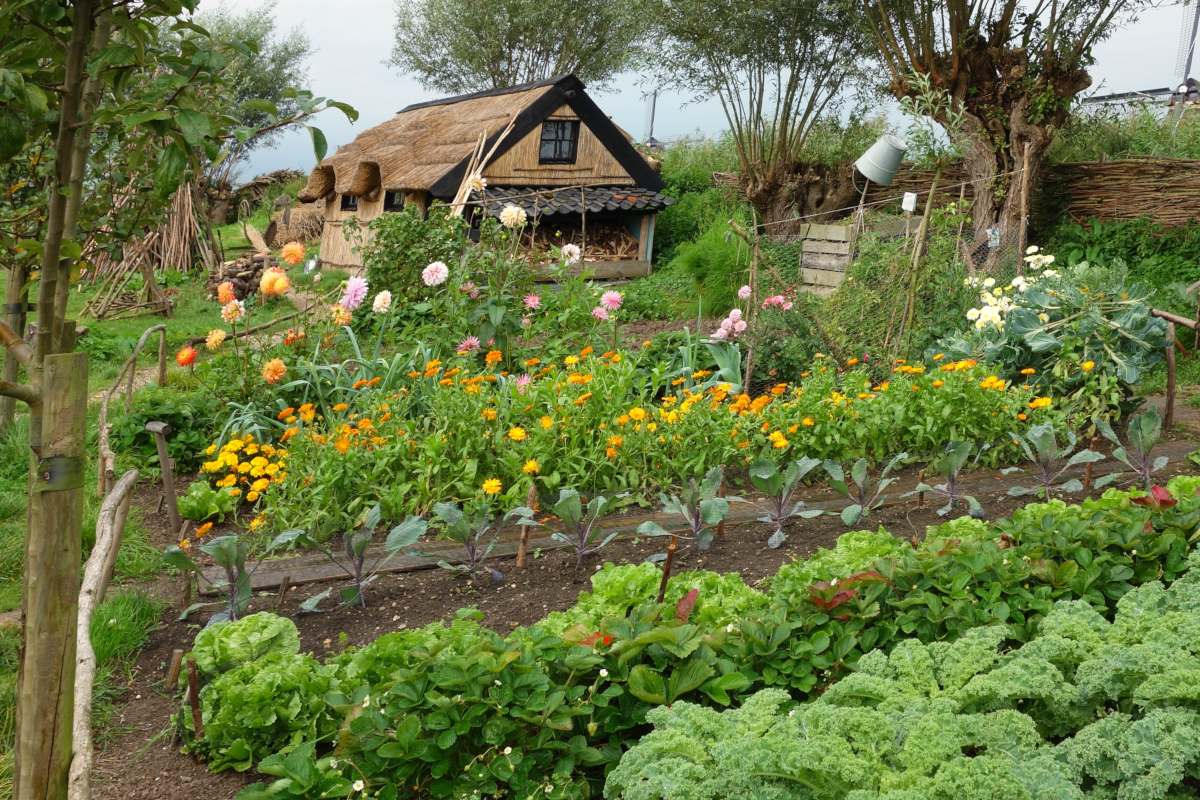
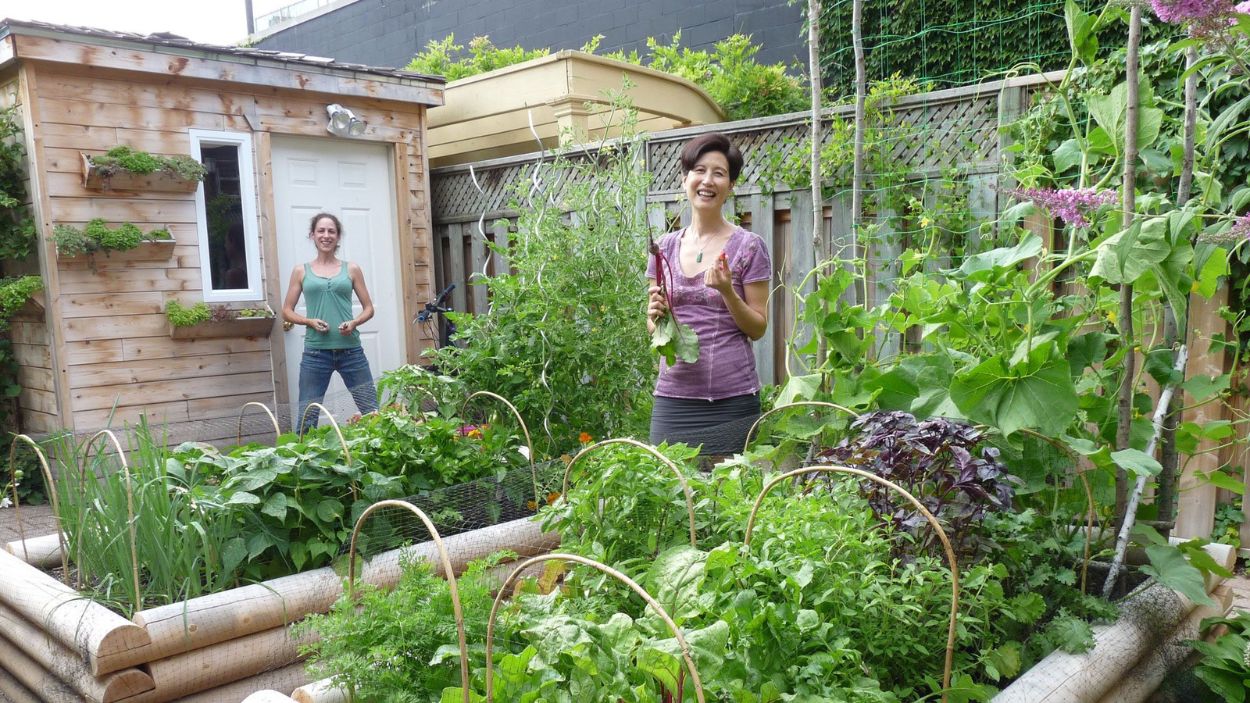
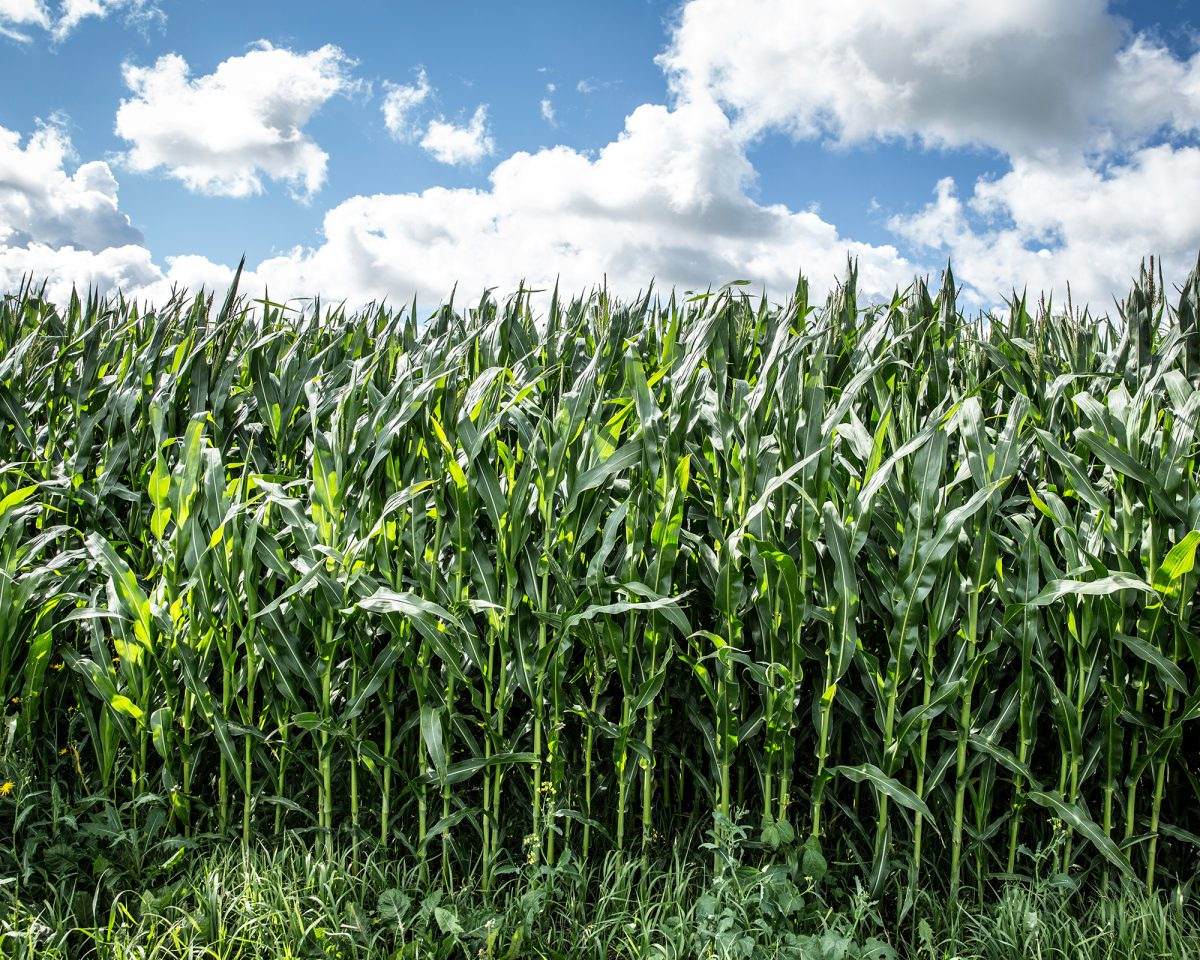

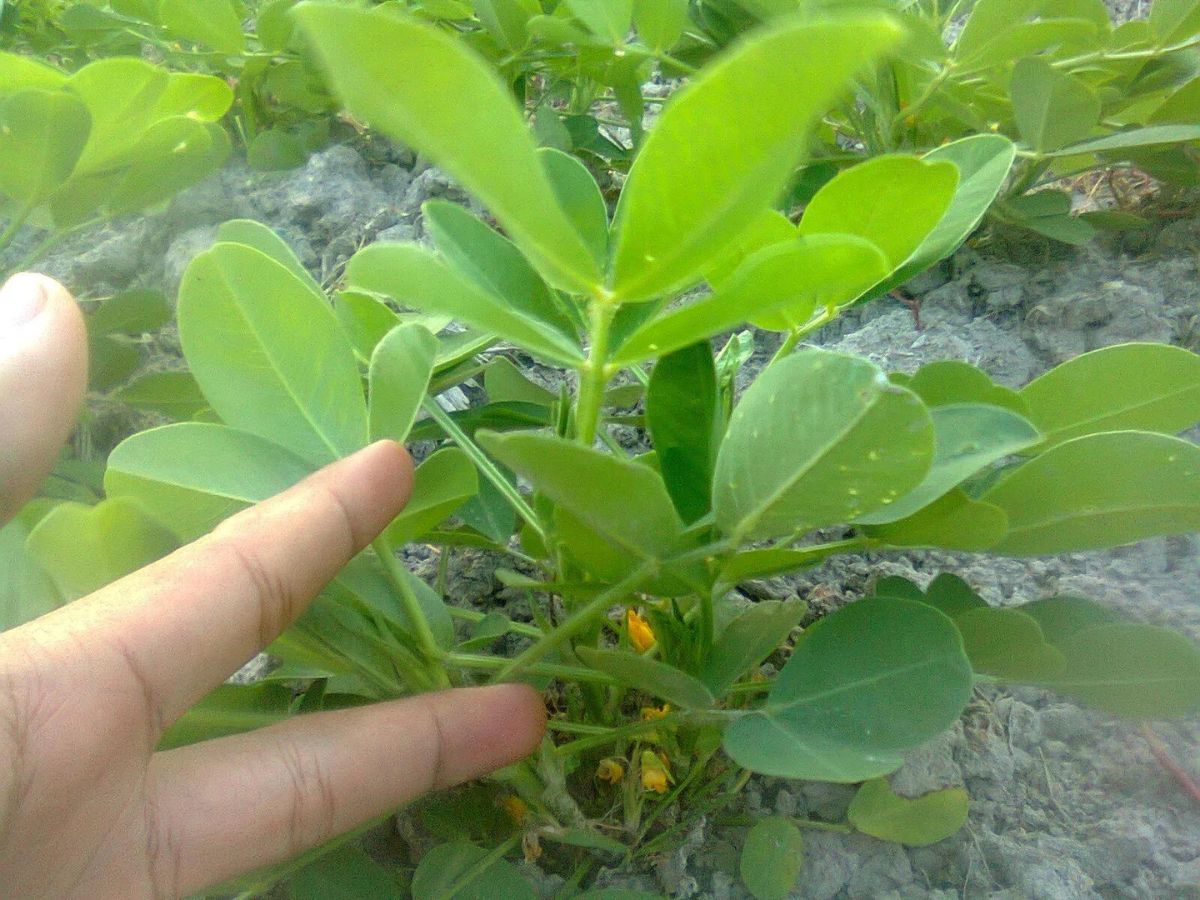
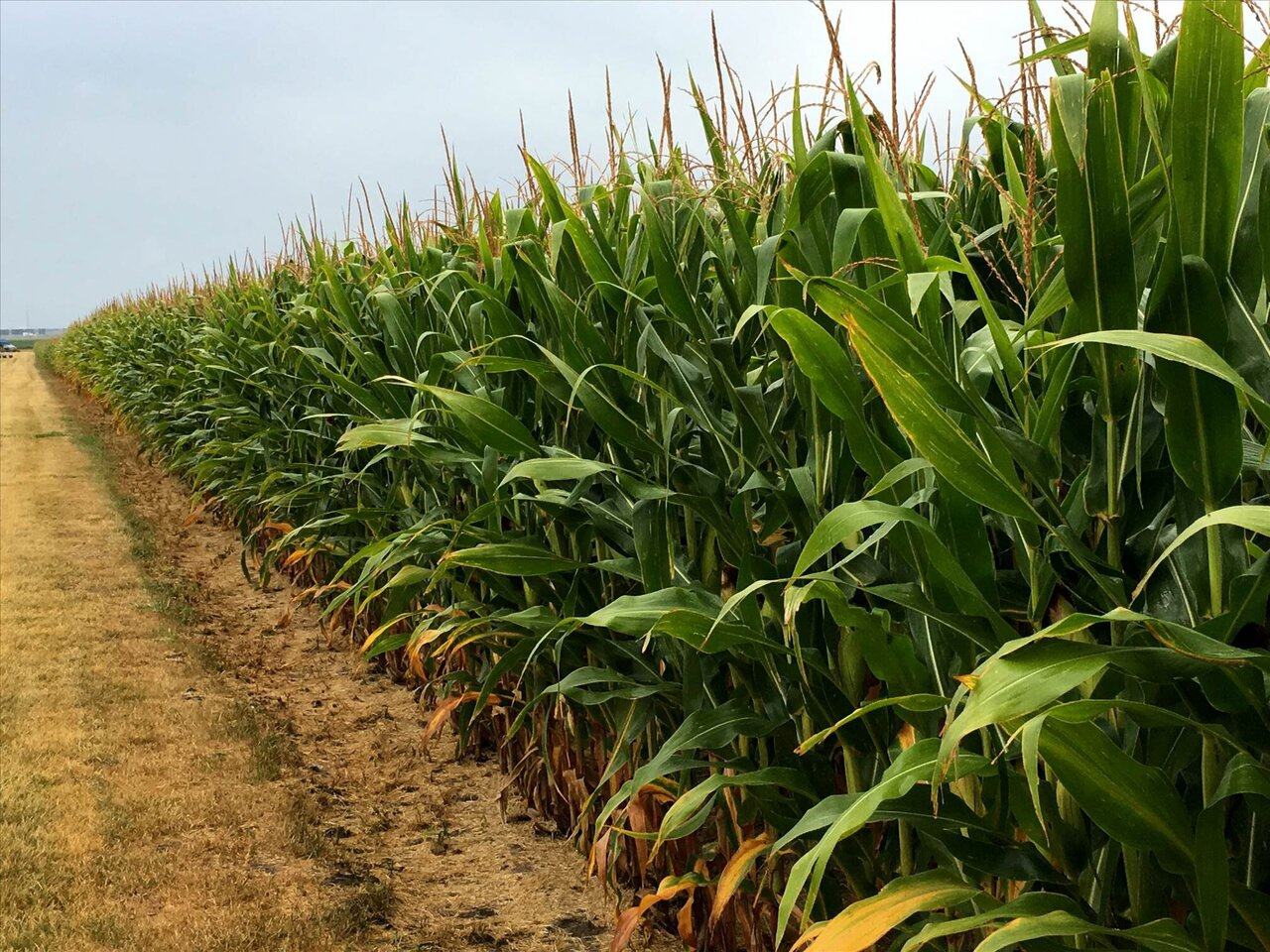
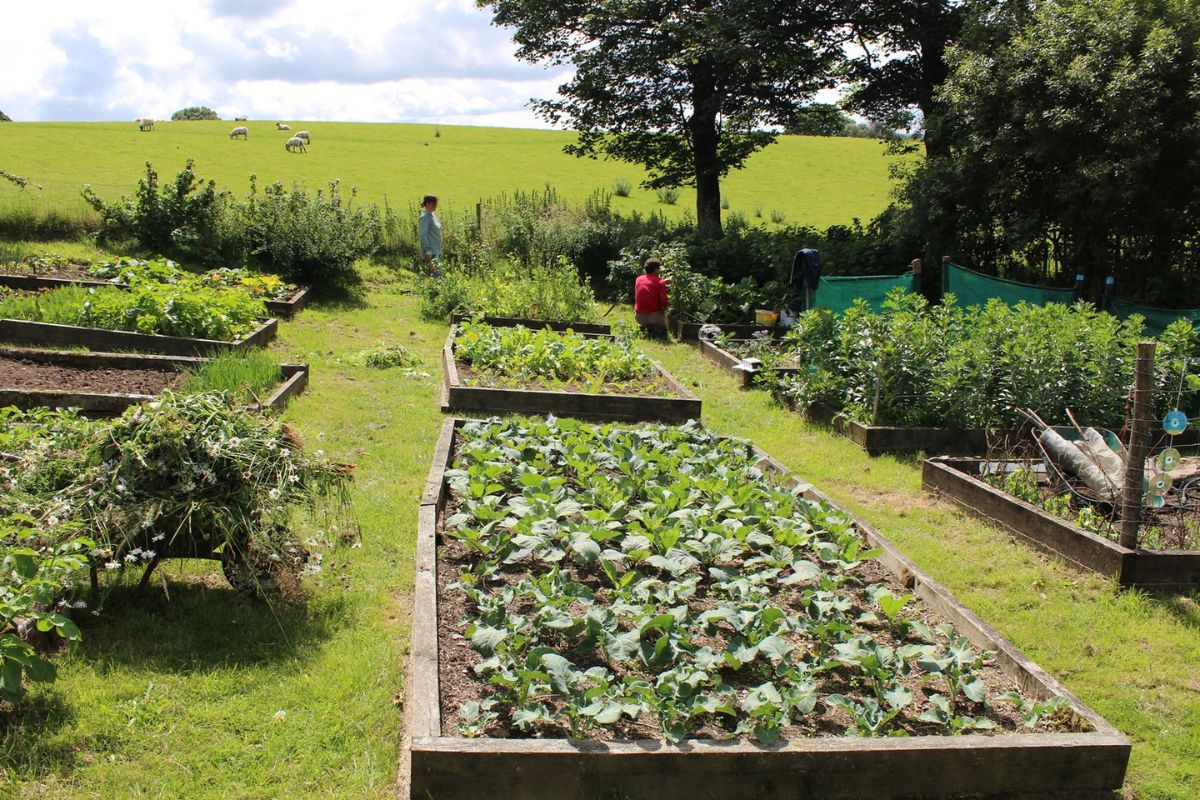

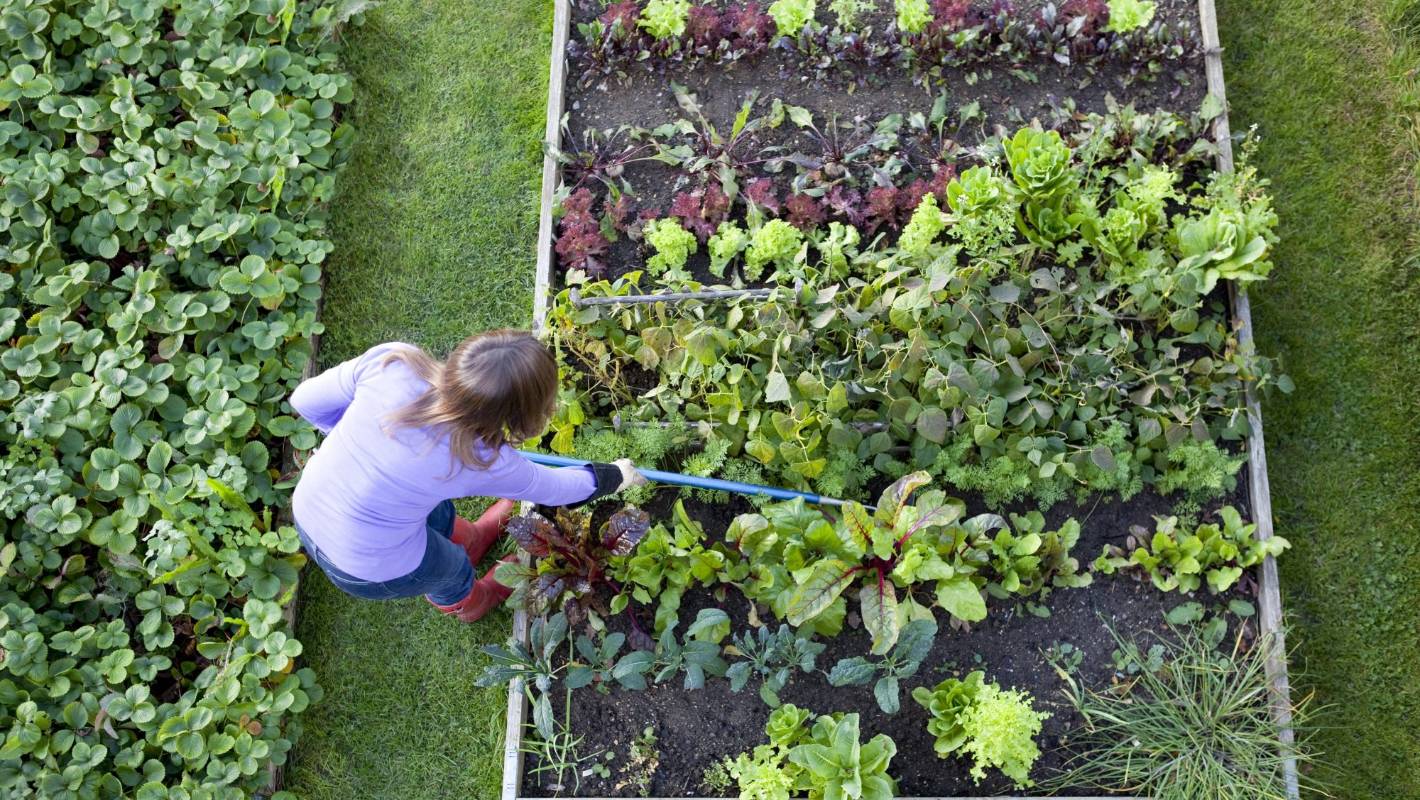
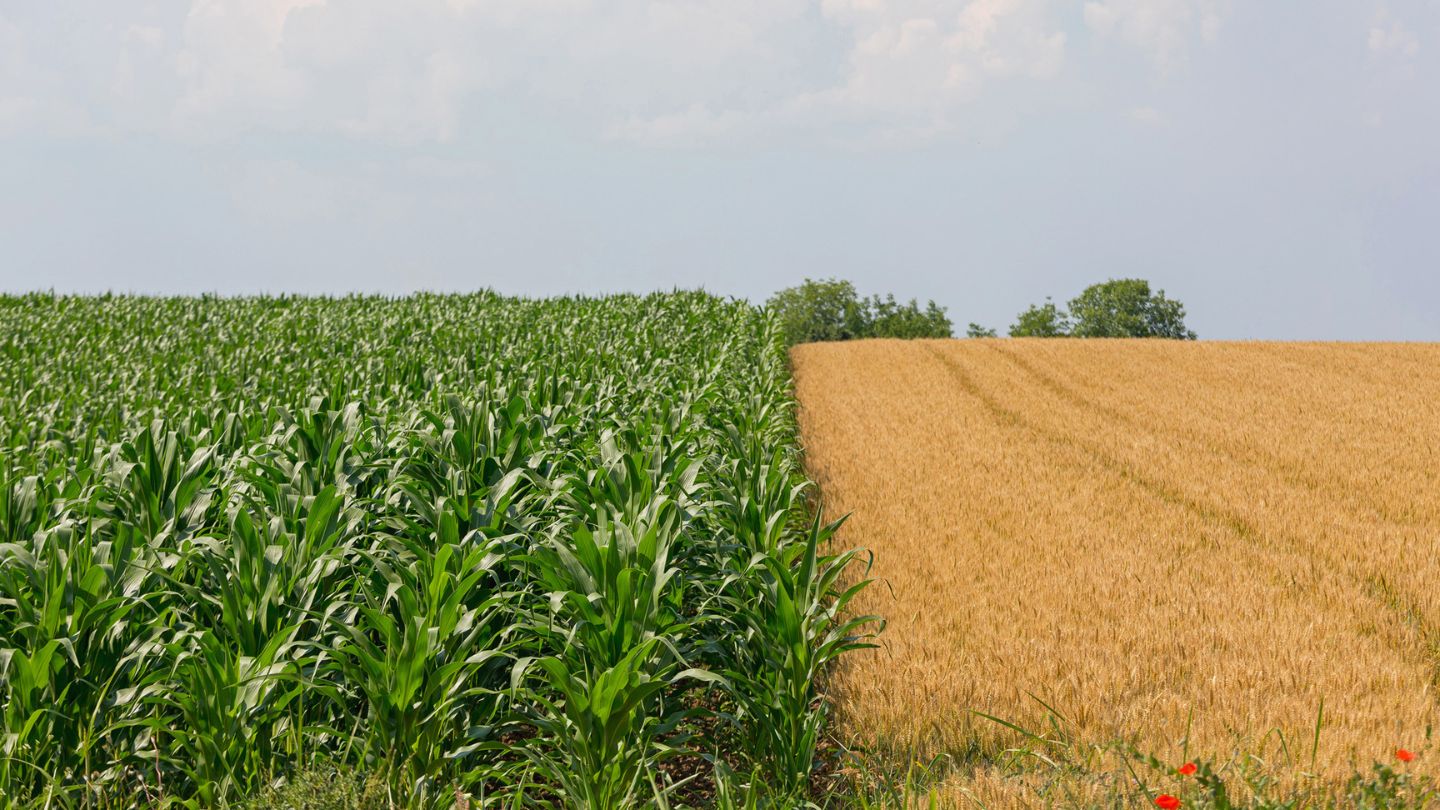
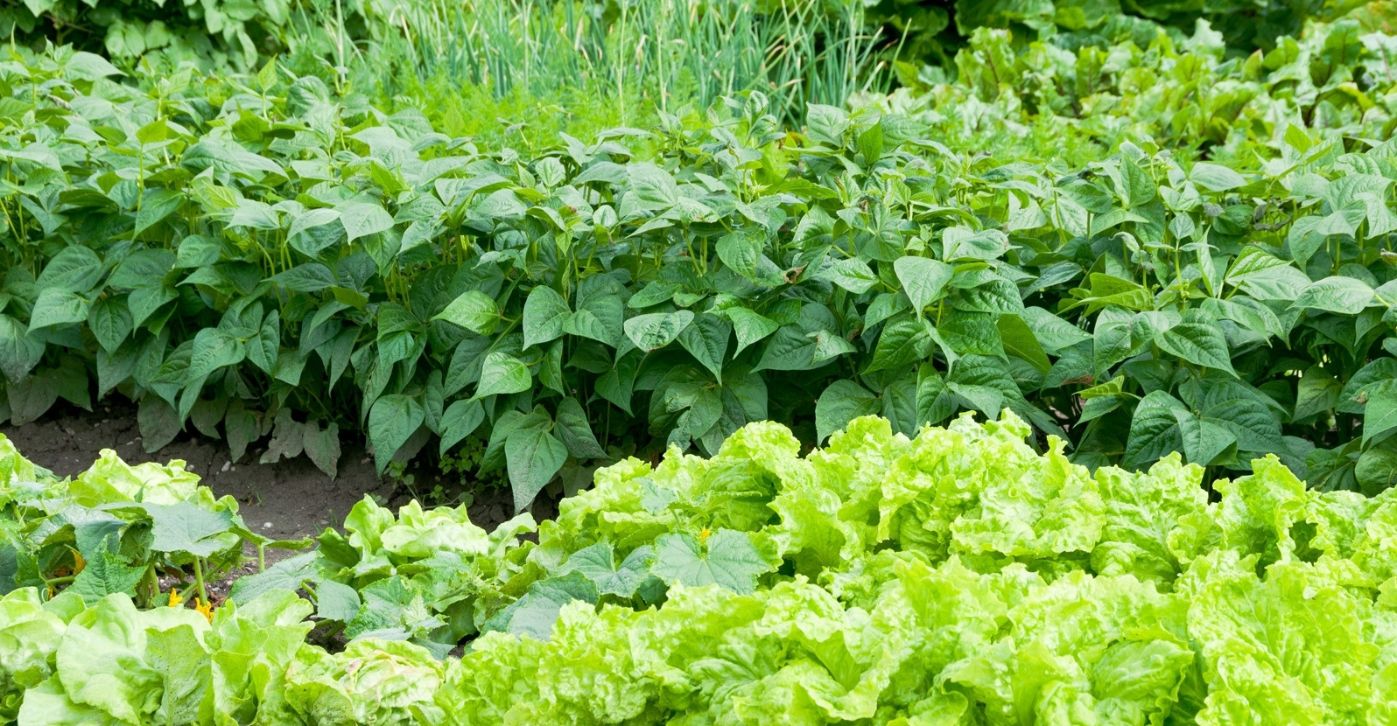
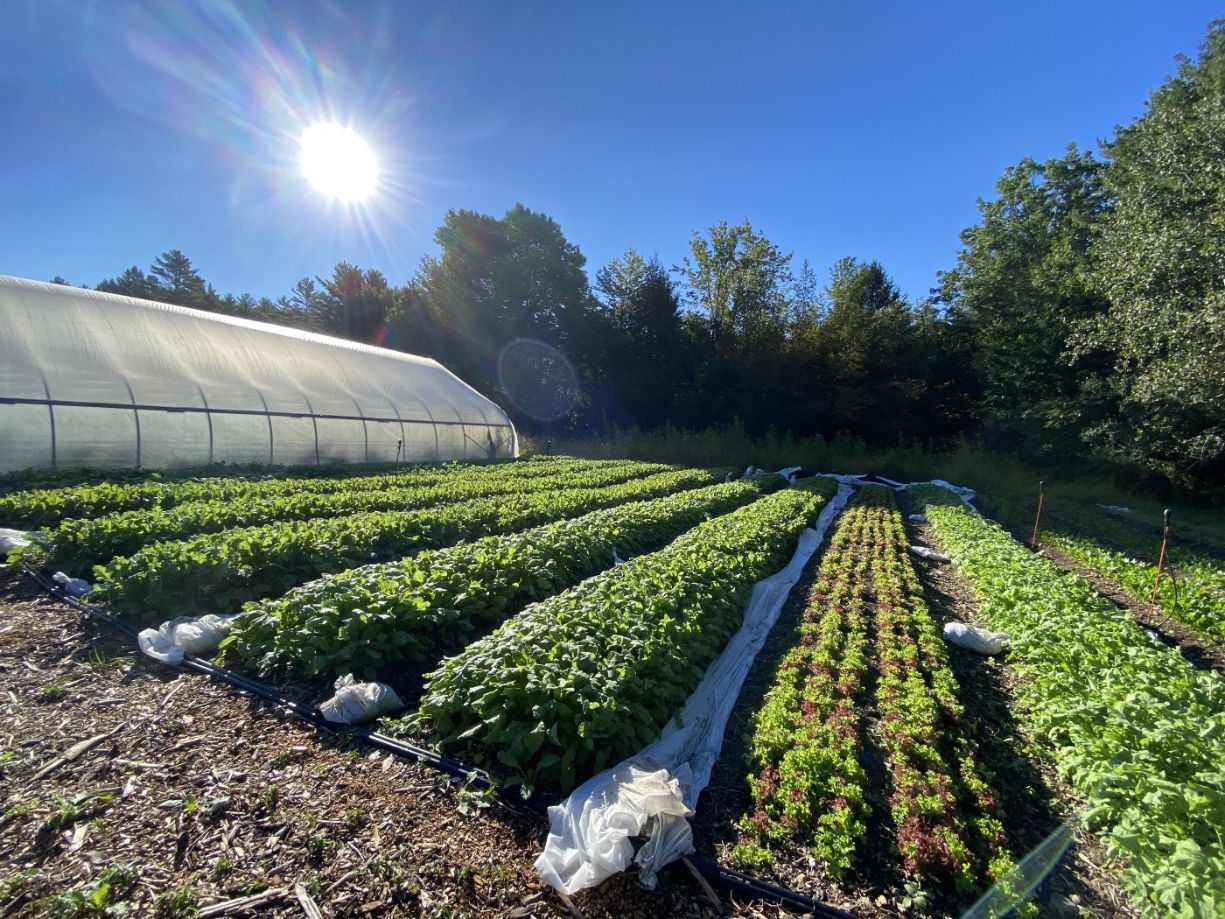

0 thoughts on “Who Invented The Crop Rotation System”